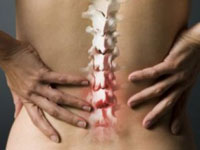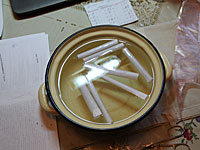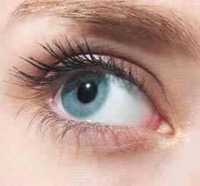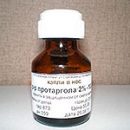What is sclerodermia? What are the current methods of treatment of sclerodermia? Answers to the questions you will find in the article.
Content
Sclerodermia
Sclerodermia is a disease in which the connecting fabric amazes. It manifests itself, as a rule, in the form of seals. The reasons for sclerodermia today are not fully established. Stressful factors, acute and chronic infectious diseases, physical irritation (cooling, vibration, ionizing radiation), chemicals (vaccines, serums) are counted for providing factors. At the heart of the development of sclerodermia, a key role belongs to functional violations of fibroblasts and other collage-forming cells. Special importance to the autoimmune reactions to collagen. It can be assumed that the diverse endocrine, exchange, neurological, genetic pathological influences, combining the damaging effect of external factors contributes to the formation of pathological changes in the system of connective tissue not only the skin and vessels, but also internal organs.
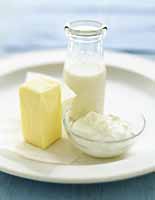
Sclerodermia is divided into sclerodermia focal and systemic. For Focular sclerodermia Characterized by the formation of a small number of rounded lesions. Foci in their development pass three stages: stains, plaques, atrophy. The disease begins imperceptibly, with the appearance of one or more lilac-pink rounded or oval spots of various sizes. Gradually, the center of the spot is pale and begins to compact. The lesion focus is gradually turning into a very dense flax of yellowish and white color with a smooth shiny surface. The hair on plaques falls out, the drawing is smoothed, the sweating and the saloon will stop. Then the gradually affected area is atrophy and placed. This disease occurs more often in women of young and middle age. Linear sclerodermia is usually observed in children.
Systemic sclerodermia occurs after injuries, stressful situations, hypothermia. It begins, as a rule, with general alert, chills, pain in muscles, increasing body temperature, cutting fatigue. In the future, the process is characterized by universal damage to the skin and also passes through 3 stages. As the disease progressing the disease, the skin color acquires a yellowish-grayish color. Then the skin becomes rustic, still. The skin surface is smooth, shiny, resembles elephant bone. The face becomes masculine, facial expressions and movements are difficult. Breathing may also be difficult. In the future, muscles, tendons, bones and nails are gradually atrophized.
Sclerodermia treatment
Treatment depends on the stage of the disease. If there is an inflammatory process, antibiotic therapy is required. Hyaluronidase preparations are used in the edema stage. Vitamins of groups B, vitamins PP, vitamins A, C, E. With diffuse lesion of the skin, corticosteroids are prescribed, sometimes in combination with cytostatics. Physiotherapy methods are widely used: ultrasound, diathermy, electrophoresis, laser and magnetotherapy, phonophoresis with lidase, potassium iodide, paraffin appliqués, azacerite treatment, healing dirt, hydrogen sulfide and rodon baths. Outdoor treatment is to use ointments and creams with anti -olithic enzymes (tripsin, chymotrypsin), with dimixide, vasoactive substances, hormonal drugs.



